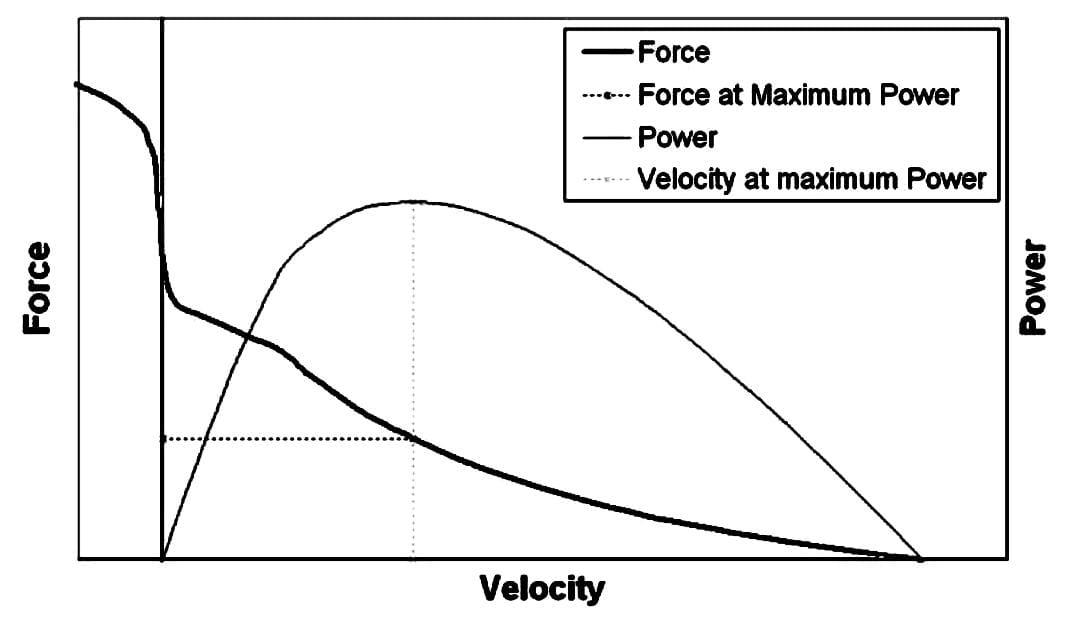
What is the Force - Velocity relationship?
Answer
370.8k+ views
Hint: Force-Velocity Relationship: As velocity rises, so does the force, and thus the power generated. Despite the fact that force increases as a result of stretching at no velocity, no power is generated. One-third of the maximum shortening velocity generates the most power.
Complete answer:
The force-velocity relationship in muscle describes the relationship between the speed at which a muscle changes length, the force of that contraction, and the power output
Because no cross-bridges can form at maximum velocity, no force is generated, resulting in zero power production (right edge of graph). When it comes to muscle stretching, the opposite is true.
The muscle's force is increased, but the contraction velocity is not, and no power is generated (left edge of graph). Maximum power is generated at about one-third of maximum shortening velocity.

Note:
It should be noted that Twitch contractions are usually only a few seconds long. They begin to rest before reaching peak force, despite having a high velocity. Long-duration tetanic contractions reach a maximum force and then plateau.
Complete answer:
The force-velocity relationship in muscle describes the relationship between the speed at which a muscle changes length, the force of that contraction, and the power output
Because no cross-bridges can form at maximum velocity, no force is generated, resulting in zero power production (right edge of graph). When it comes to muscle stretching, the opposite is true.
The muscle's force is increased, but the contraction velocity is not, and no power is generated (left edge of graph). Maximum power is generated at about one-third of maximum shortening velocity.

Note:
It should be noted that Twitch contractions are usually only a few seconds long. They begin to rest before reaching peak force, despite having a high velocity. Long-duration tetanic contractions reach a maximum force and then plateau.
Recently Updated Pages
Master Class 11 Economics: Engaging Questions & Answers for Success

Master Class 11 Business Studies: Engaging Questions & Answers for Success

Master Class 11 Accountancy: Engaging Questions & Answers for Success

Master Class 11 English: Engaging Questions & Answers for Success

Master Class 11 Computer Science: Engaging Questions & Answers for Success

Master Class 11 Maths: Engaging Questions & Answers for Success

Trending doubts
State and prove Bernoullis theorem class 11 physics CBSE

1 ton equals to A 100 kg B 1000 kg C 10 kg D 10000 class 11 physics CBSE

State the laws of reflection of light

One Metric ton is equal to kg A 10000 B 1000 C 100 class 11 physics CBSE

1 Quintal is equal to a 110 kg b 10 kg c 100kg d 1000 class 11 physics CBSE

Difference Between Prokaryotic Cells and Eukaryotic Cells




